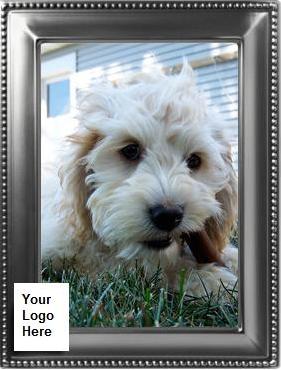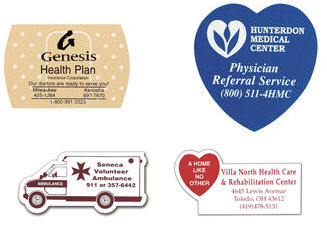This afternoon I had the privilege of speaking to the American Animal Hospital Association about, among other things, mobile marketing. I look forward to resuming the conversations tomorrow.
Tomorrow I will also be posting an entry with many of the links and updates I’d promised. But for now, I wanted to present for your critique a gee-whiz idea I posed to the group. I hope you can help me with your comments.
Please consider this: What if there was a way to use the viral marketing power of a Facebook widget to help your best customers talk about your practice.
The idea uses something I’ve blogged about before: widgets. Ad Age contributor Bob Garfield has postulated, and I agreed in this post, that widgets can be for healthcare marketers the new refrigerator magnet. Well, how about for veterinary practices?
A prototype image is near the bottom of this post, but the essence has more to do with functional design than actual appearances. It occurred to me that pet owners are almost as quick to flash you their latest pet pics as they are photos of kids and grandkids. One friend (a team member from my ec-connection days) even has a Facebook profile page for his lovely Dora:

This spawned in my mind the Digital Pet Parade. It’s a digital picture frame, of sorts, that you would install and configure on your Facebook profile. Using this widget, you can display pet photos that you’ve already loaded in the Photos section of your site. The picture frame (a prototype shown below*) does these things that a mere photo collection cannot:

- Rotates your photos with a frequent “refresh” rate that you would set — or simply shows a new one from your collection daily
- Includes the photos of your friends on Facebook as well — or at least those who also have the picture frame showing their photos (and their picture frame would show your photos if they opt to allow this)
- Allows for picture comments, from you and you friends (not shown)
- Is equally functional on iPhone web browsers, as well as other many other higher-end smartphones.
This afternoon I got a chance to chat with a lot of practice managers and veterinarians about using the power of social networks to help their best customers become their ambassadors. But I still wonder if this way particular way of empowering customers has real potential.
Hot … or NOT?
Here’s the big question: Has this simple widget added more complexity than is needed?
From a marketing perspective, it’s a glamorized way to show you’re a “fan” of the practice, by using their branded widget. I frankly like the subtly of this. And yes, in this way it resides on your profile page the way a magnet would hold up papers and whatnot on the door of your fridge.
But will your customers be eager enough to agree to install one more application on their Facebook profile? You tell me!
I’ve met a lot of people today and asked them to respond. Let’s keep the discussion going!
*NOTE: Digital Pet Parade prototype was designed by the lovely and talented designer and art director Heather Prickett Bolyard.
